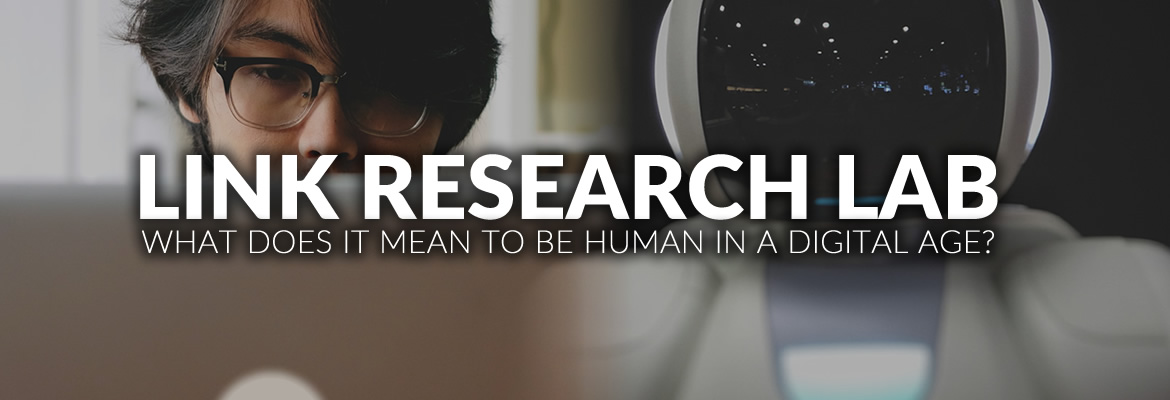Creating Touchable Holograms through 3-D Printing
Anyone that watches SciFi knows that the big downfall to holograms is that you can’t touch them. You just pass right through them, ruining the illusion. However, in real life there are several projects working on creating touchable holograms. …


